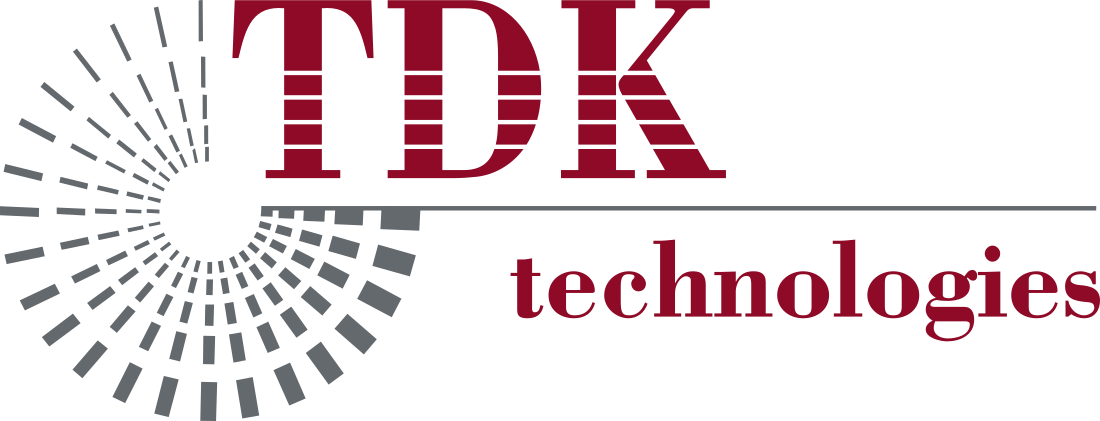Looking to the Future - IT Skillset and Workplace Trends
Opportunities and challenges abound as technology increasingly affects the economy, businesses and the job market. One reality remains constant: the technology talent gap. An article in CIO magazine came to two conclusions:
- The demand for tech talent will continue to outpace supply.
- The talent shortage has evolved from an inconvenience to a significant business problem for employers.
Beyond the current talent gap, many future jobs relating to technology don’t even exist yet. People currently in the work force as well as the next generation of IT professionals will need to keep up with emerging technologies and what the job market will look like in two, five or even ten years.
“Great companies don't hire skilled people and motivate them. They hire already motivated people and inspire them.”
Simon Sinek
Skillset Trends
Technology jobs continue to spread into increasingly diverse industries and to places well beyond Silicon Valley. Changing demographics, including an aging population, will alter the workforce significantly.
Security
As technology becomes more prevalent in our everyday life, so do opportunities for bad actors to capitalize on weaknesses in the technology. Expertise in security, including cybersecurity, network security, data security, and cloud security architecture, will be key for the foreseeable future.
Data
Big data and predictive analytics continue to gain more widespread use. Skillsets in this area involve analyzing large, seemingly disparate data sets guide organizational paths, both short-term and into the future. Many businesses have incredible amounts of data at their fingertips, but don’t know what to do with it.
Communication
Technology credentials alone aren’t enough in the ever-changing IT landscape. Communication skills are equally important in today’s collaborative environment. Strong written and verbal skills are essential to distinguish yourself in a tech space that is interconnected and collaborative.
Workplace Trends
Emerging technologies also have created emerging attitudes about the workplace. Some companies are willing to hire aptitude and attitude (rather than experience) and train those people in the specific tech stack the company needs.
Such companies are trying to hire talented people, grow them and provide a work environment that is enticing to enhance retention. That often includes a casual dress code along with amenities like gaming areas, ice cream machines, and sleeping rooms.
To complicate things further, there are currently four generations in the workforce. With such a broad age spectrum, accommodating everyone is a challenge. Ultimately, people are either motivated or they are not, so companies have to give those motivated people something to believe in.
To Recap
People in the technology work force must continue to expand their skill sets (both hard and soft skills) in order to stay relevant and valuable to employers. Employers are willing to invest in those technologists who are motivated and want to learn and grow their expertise.
Companies must provide interesting work, a good physical environment and a vision to get behind in order to attract and keep top talent.
